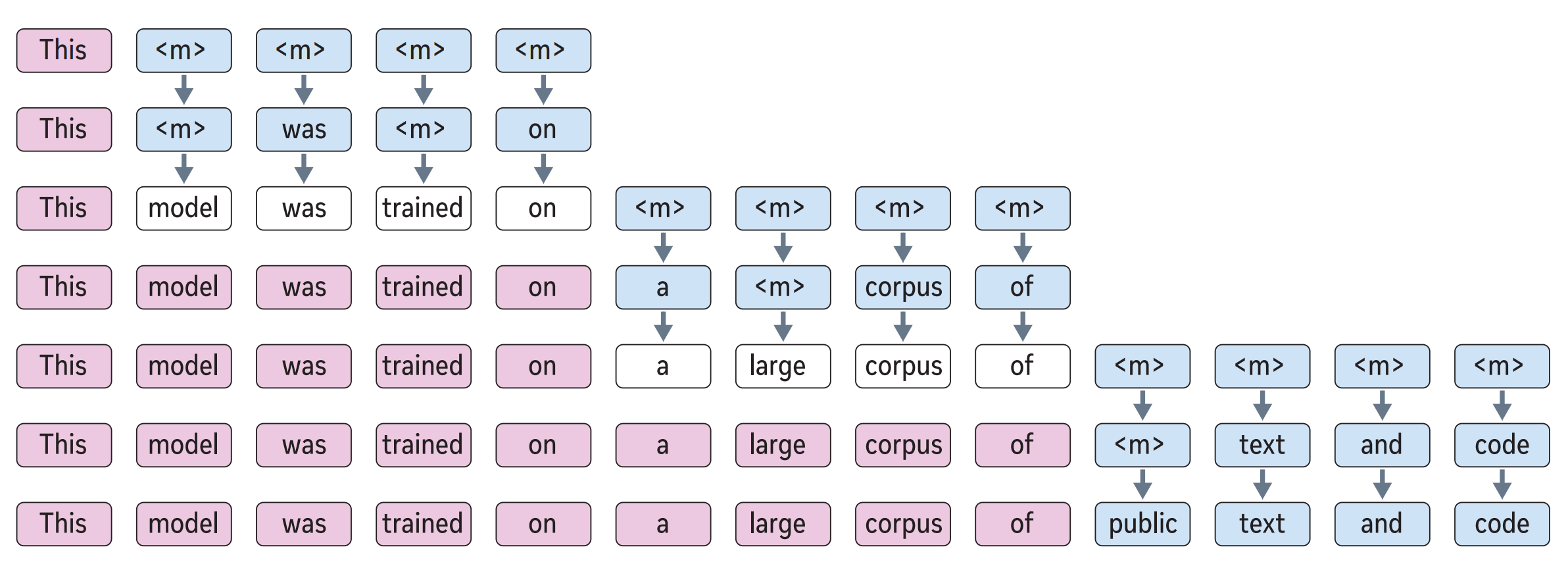ParetoQ: Scaling Laws in Extremely Low-bit LLM Quantisation
The key idea
Quantisation is a key ingredient for efficient and cheap Large Language Model (LLM) servicing. As numerous quantisation recipes have been published over the last couple of years, researchers and practitioners have felt a growing need for an experimental setting comparing all techniques. ParetoQ introduces the first unified framework for comparing different bit-width quantisation approaches (1-bit, 1.58-bit, 2-bit, 3-bit, and 4-bit) for LLMs, with a comprehensive analysis considering five key dimensions: model parameters, token count, bit precision, training scheme and quantisation function. ParetoQ reveals a critical learning transition between 2-bit and 3-bit quantisation, where models quantized to 3-bit and above remain close to their full-precision pre-trained distributions, while lower-bit models require more substantial representation changes.
Background
Quantisation is crucial for deploying LLMs efficiently, as it reduces memory requirements and computational costs. Previous research has yielded contradictory conclusions about optimal bit-width – some arguing for 4-bit, others for 1.58-bit quantisation – and training setup (from Quantisation-Aware Training from scratch to simple Post-Training Quantisation). These inconsistencies emerge because prior studies have not systematically compared different bit-widths with the same training procedures and quantisation functions.
Method
ParetoQ introduces several methodological improvements in Quantisation-Aware Training (QAT), establishing new guidelines:
-
Optimal training budget allocation: the authors found that allocating ~90% of the training tokens to full-precision pre-training and ~10% to quantisation-aware fine-tuning achieves the best results across bit-widths. Additionally, lower bit quantisation (1-bit, 1.58-bit, 2-bit) requires more fine-tuning tokens and exhibits “reconstruction” behaviour (i.e., the model needs to form new semantic representations to maintain performance), while higher bit quantisation (3-bit, 4-bit) reaches saturation faster and shows “compensation” behaviour (i.e. remaining close to their pre-trained distribution).
-
Bit-specific quantisation functions: different bit-widths require dedicated quantisation approaches. The researchers developed Stretched Elastic Quant (SEQ) for 1.58-bit and 2-bit quantisation, for a better balance of output levels while maintaining an even quantisation of the full-precision weight span. For 3-bit and 4-bit quantisation, the paper shows that including zero in the quantisation grid is always beneficial.

- In all bit-width quantisation settings, it is shown that a learnable range outperforms statistics-based methods (e.g., min-max, quantiles, etc.) due to its flexibility in optimizing range parameters with respect to the final loss. The gradient of the scale parameter can be estimated on the backward pass using a straight-through estimator.
Results

The ParetoQ framework achieved state-of-the-art results across all bit-width settings, outperforming the existing literature on specific bit-widths. As presented in the comparison table, it presents a major step forward in terms of accuracy for 2-bit and 3-bit quantisation. The pareto optimal curve is showing the 2-bit and 3-bit quantisation is now an accurate alternative to the more common 4-bit quantisation solution, achieving similar accuracy with improved memory usage. 2-bit quantisation is a particularly promising solution considering hardware constraints for efficient memory packing/unpacking and dot-product implementation.





Comments